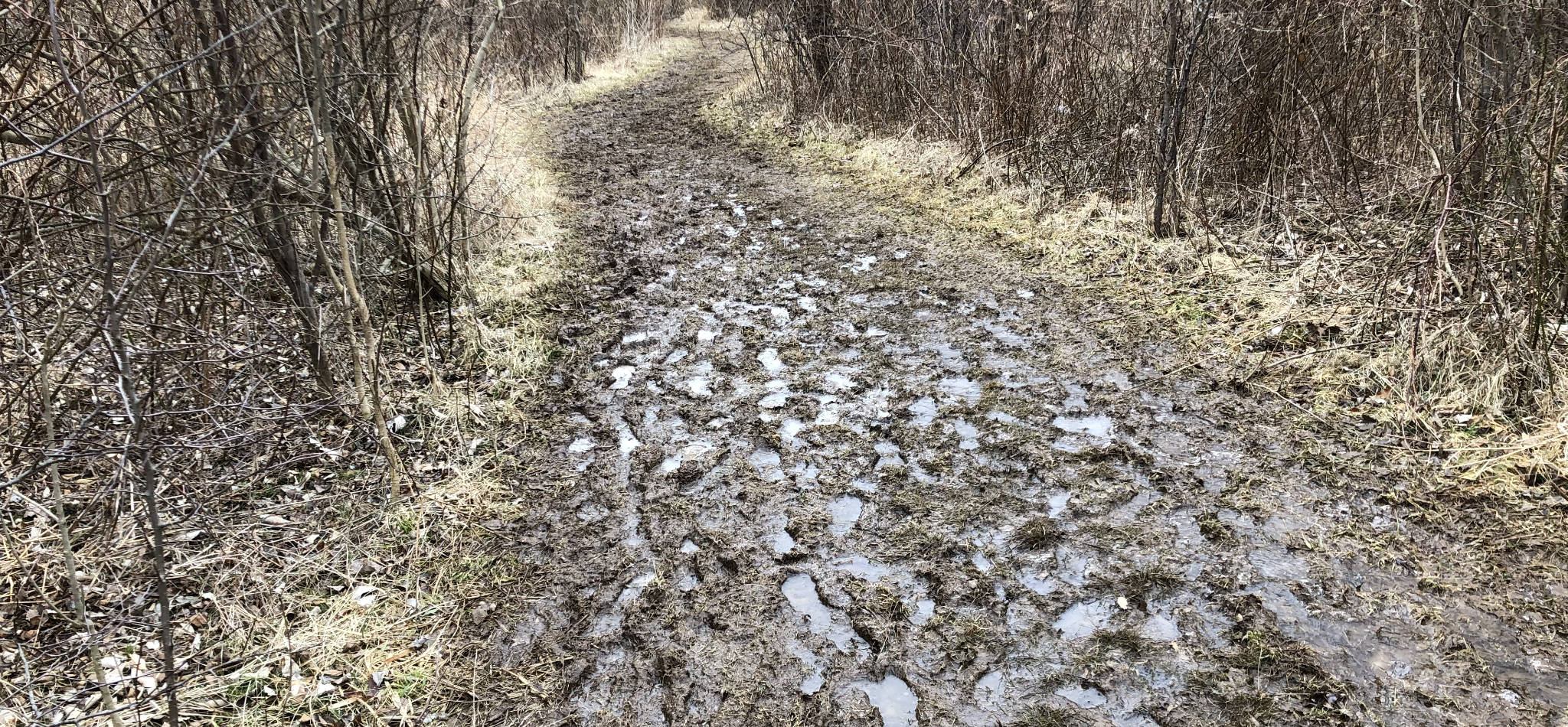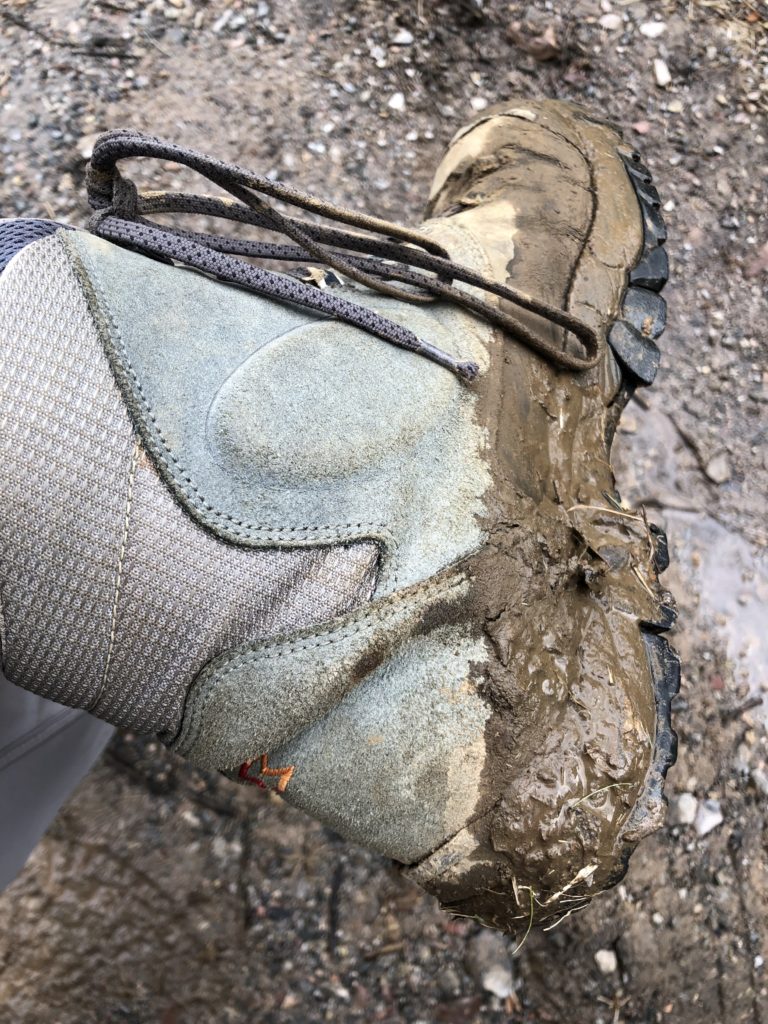Hiking Tips

If you’re new to walking, welcome! Walking is an activity that’s great for your health, and can be pursued by participants in every stage of life from young families to elders. It is low impact, and if pursued in woods and park land, is uplifting and deeply satisfying. And if you walk quickly on trails with substantial elevation change, it can also be deeply aerobic!
There’s nothing terribly complicated about hiking in the woods. Mostly it requires you to place one foot in front of the other and walk, something you’ve been doing since you were a small child. But like many activities, a little common sense can go a long way to making your time in the woods more pleasant and more safe.

Here are some suggestions:
- Wear appropriate shoes. You don’t need to spend a fortune on specialized hiking boots to pursue even the most challenging walks in this guide, but the shoes you might wear to the beach or on a date probably aren’t appropriate either. Shoes should provide a lugged sole and some protection from stubbing your toe on rocks, brambles, and other trail hazards. Make sure shoes are large enough: when you walk downhill, your toes will jam against your shoes unless there’s adequate room. Waterproof boots are useful in the winter and spring or after sustained rains.
- Wear a hat Fall through Spring. 90% of your body heat is lost through your head. A hat allows you to manage that heat loss. Since you’re moving and generating body heat, the best hats are likely to be a lot lighter than you think: I walk in a lightweight baseball cap even in the dead of winter, except on bitterly cold days. In the summer, hiking in the shade, you can hike without a hat, though it’s a good idea to throw a sun hat into your pack in case you find yourself exposed.
- Wear clothes in layers. Obviously, the appropriate clothing is seasonally dependent, but layering makes a huge difference especially in cold weather. Walking uphill, your body will generate a tremendous amount of heat, so you’ll need to strip-off layers. Walking downhill, you may start feeling chilly, and need to add layers. The heavy jacket you wear standing around outside just isn’t flexible enough. In cold weather it’s better to wear some wicking underwear against your skin, a shirt, a sweater or fleece, and a windproof breathable shell. Avoid cotton, especially for a base layer, as it holds moisture, and can leave you freezing on a cold day.
- Wear long pants, year round. A lot of folks wear shorts in the summer. But I find local trails too full of poison ivy, stinging nettles, and brambles to enjoy hiking in shorts. Long pants also provide some protection from ticks. In summer, I try to go hiking early in the morning before the day heats up, making long pants more than tolerable.
- Carry water, a snack, and rain shell in a small pack. The colder the weather, and the longer the hike, the more important this is. Getting wet while hiking in the summer can be unpleasant, but is rarely dangerous. On the other hand, getting dehydrated is always a risk, especially in Summer. In cool weather, getting wet risks hypothermia, and can be life-threatening. In truly cold weather I usually throw a mylar “space blanket” into my pack, and an extra fleece. If you have to stop moving (say because you sprained an ankle) you risk hypothermia without extra layers.
- Bring your cell phone (though turn it off while hiking if you don’t want to be disturbed). Most NJ hikes offer reasonably good cell phone coverage along most of the trail so, as a safety measure, it’s a good idea to carry a phone with you.
- Use common sense about walking alone. The Beginner Challenge level includes only areas with clearly marked trails and reasonably good footing. Especially if you’re carrying a cell phone as a safety backup, your balance is good, and you have even modest aerobic capacity, you can readily walk them by yourself. As you start moving up in challenge, hike with a friend. Often, the “Experienced” Challenge level includes trails with lots of rocks and steep gradients. It’s what makes these hikes fun, but it can be daunting to the novice. Get a few under your belt before attempting them by yourself.

